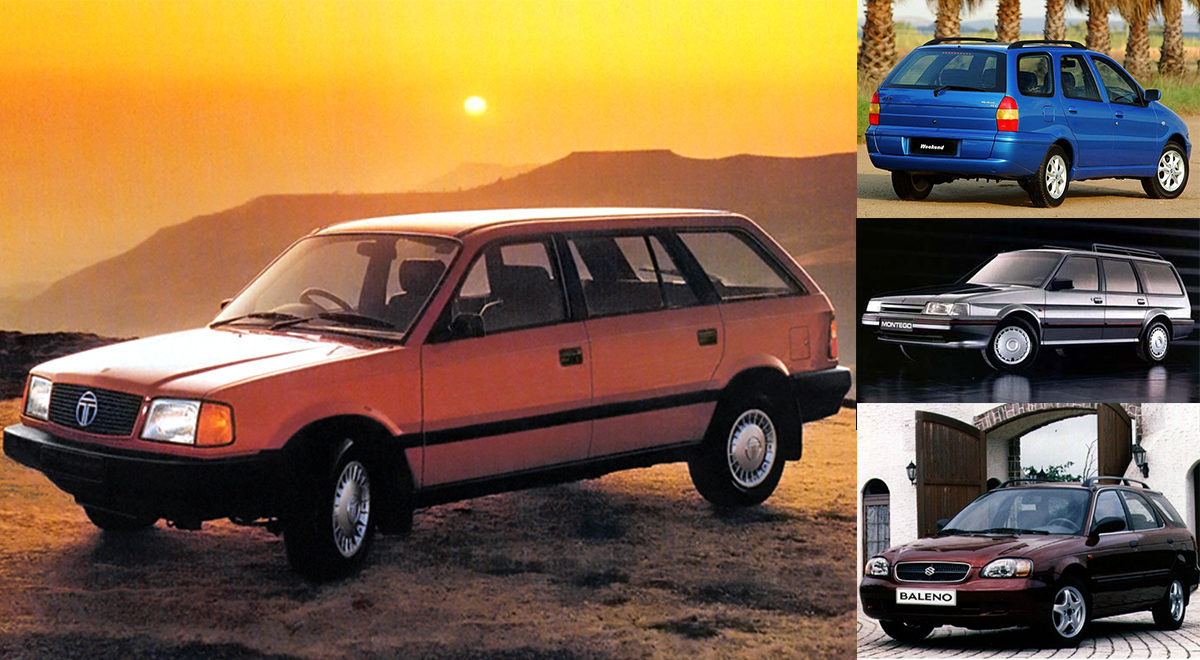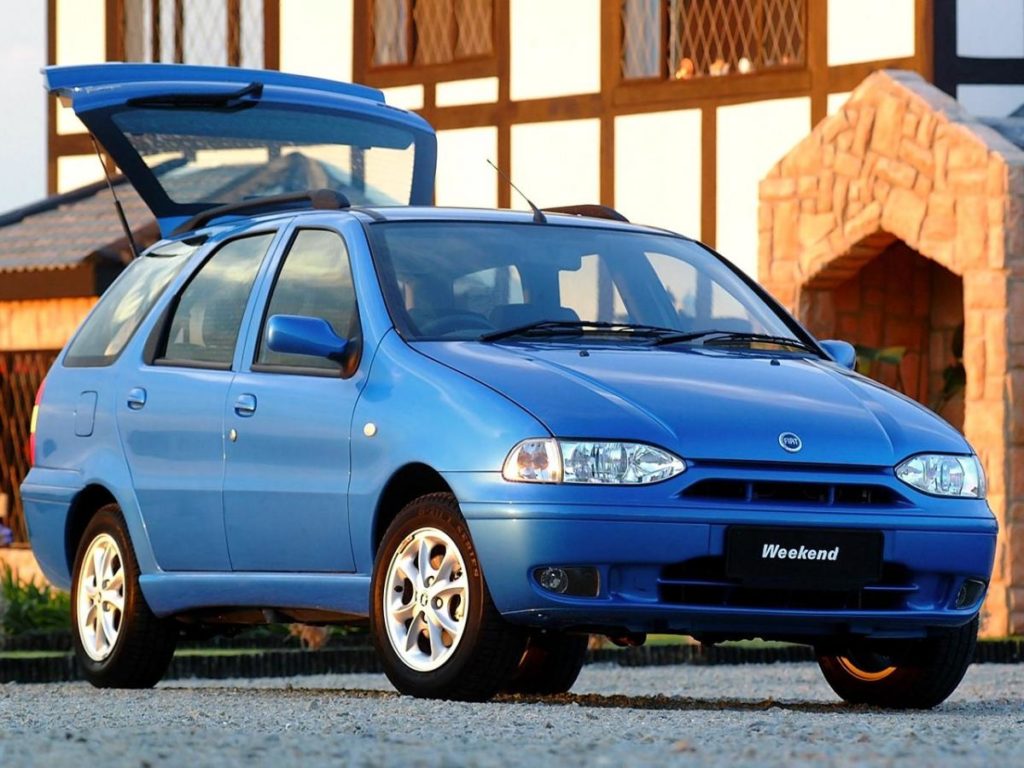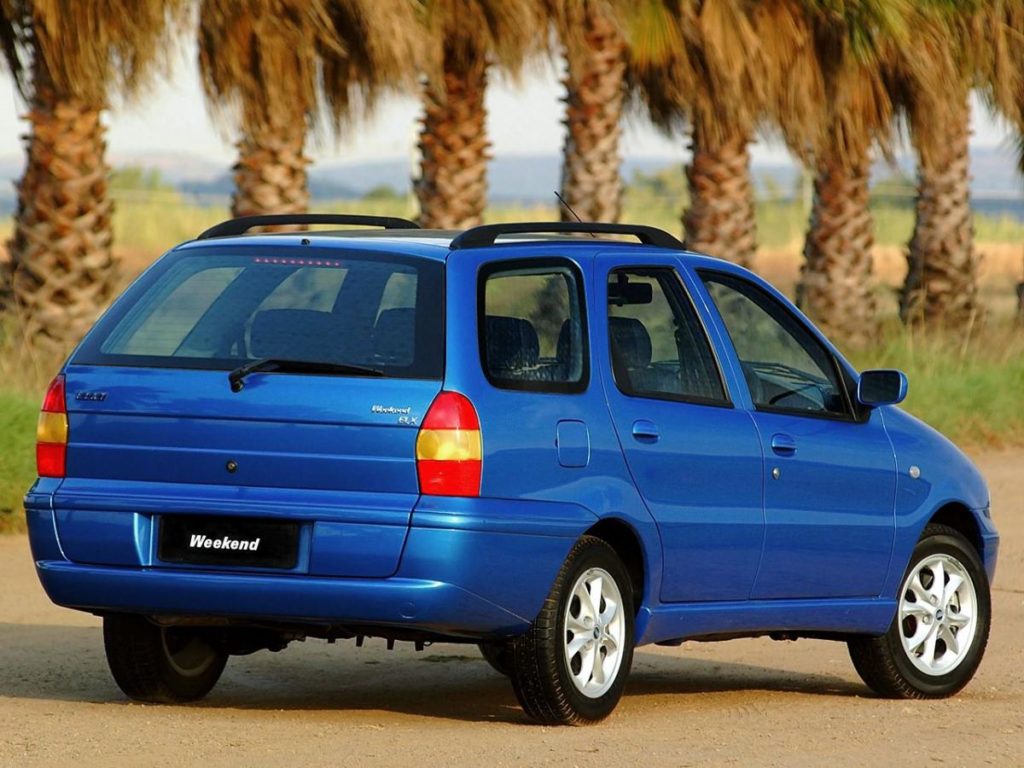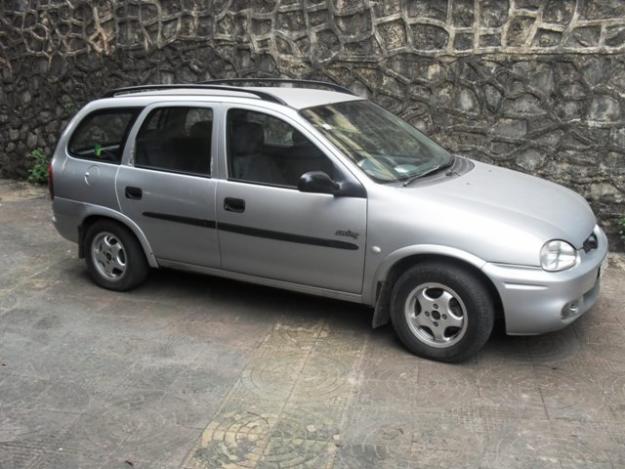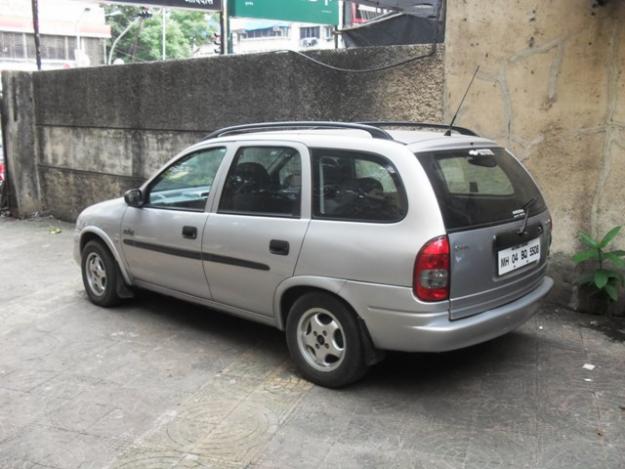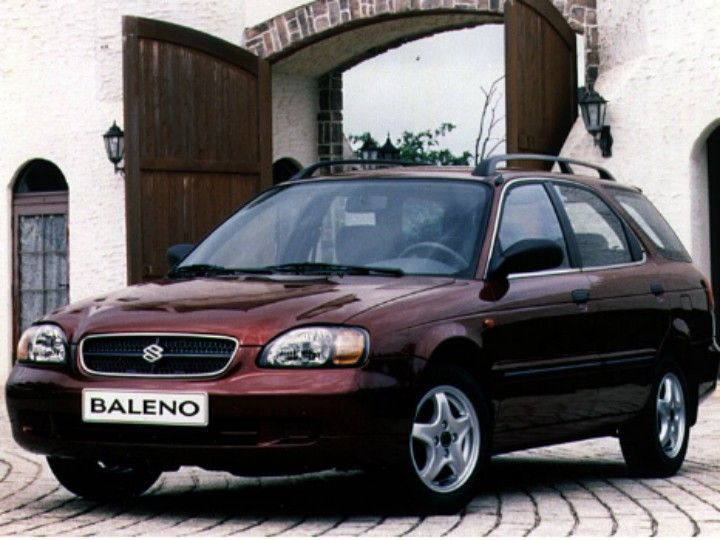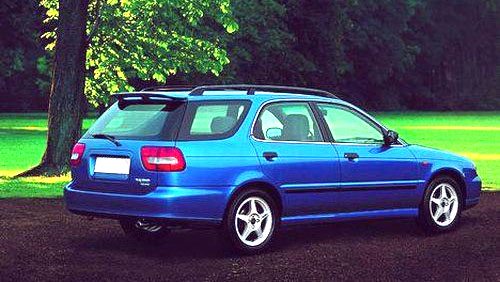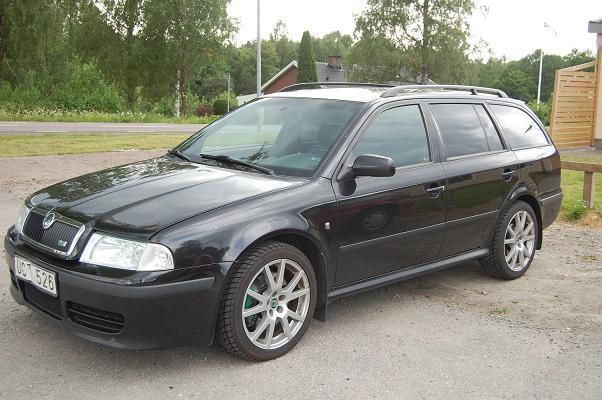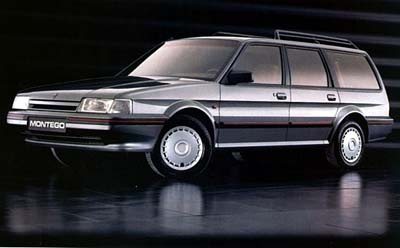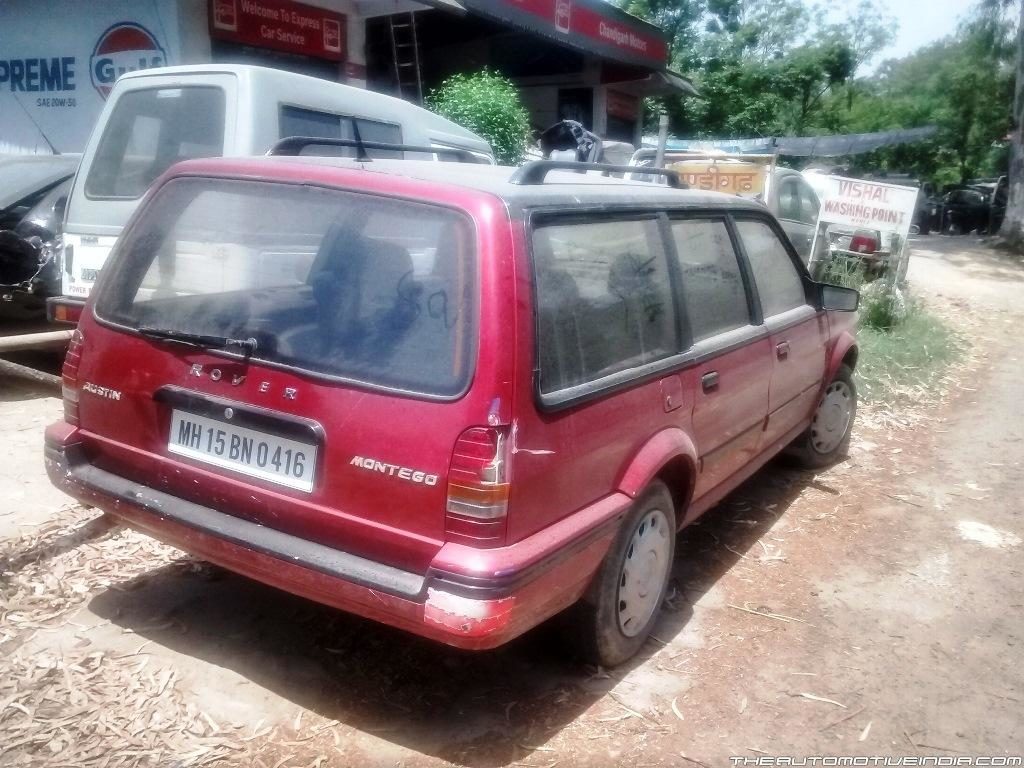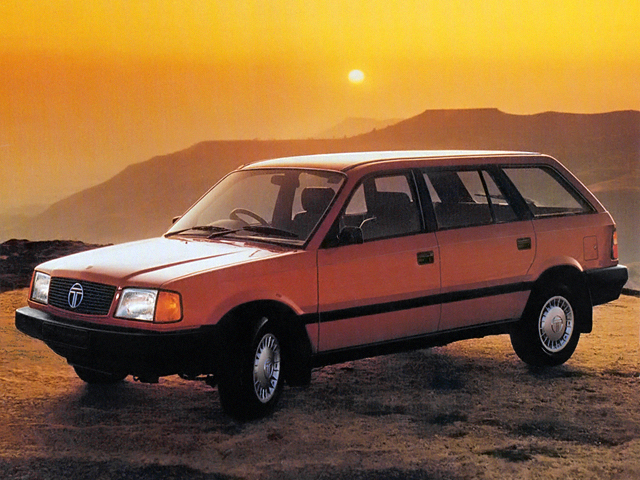Fiat Siena Weekend
I remember the Fiat Siena mostly because it had a face that looked like a fish. That always cracked me up. If you all remember the Siena, then jog your memory a bit more and you’ll remember the Weekend, its station wagon derivative.
The Weekend had a tail gate that was so deep that most of the rear bumper opened with it. This quirk actually allowed for heavy luggage to be loaded into the boot easily.
Talking about the boot, the Weekend’s space was also the largest in its class, good enough for a couple of fidgety Labradors.
The Siena Weekend came with two engine choices – a 1.7 litre, turbo diesel unit rated at 64 bhp and a 1.6 litre petrol unit that put out 98 bhp.
The Weekend had all-round independent suspension, 14 inch wheels (that were considered large back then), roof rails along with most of the comfort and convenience features that we take for granted today.
Nobody bought it though, and it quietly died away. Both models of the Weekend were priced between INR 7.3 lakh and INR 7.8 lakh.
Opel Corsa Swing
Remember the Opel Corsa? It was a car that offered German engineering and quality at one third of the price of the most affordable Mercedes on sale in India back then.
Apart from the sedan, the Corsa had two other derivatives – the Sail hatchback and the Swing station wagon.
The Swing looked pretty good, in a cutesy way. While the Sail was the ugliest, the Swing was the prettiest of the Corsa range. It had the best proportions of the lot, while the the jellybean tail lamps made it look cool.
The Corsa Swing had a ‘flexi-boot’, raised roof rails, a low loading height for baggage (but not as low as the Siena Weekend), a luggage compartment cover, and reinforced suspension.
Its overall dimensions were the same as those of the Corsa, while power came from similar power-trains as well – 1.4- and 1.6-litre petrol engines mated to 5-speed manual transmissions.
Even though it was priced aggressively, the Corsa Swing bombed in the market, earmarking the story of yet another failed station wagon.
Maruti Suzuki Baleno Altura
The Baleno was (and still is) worshipped by many because of its smooth performance and friendly appearance. It spawned a station wagon as well, called the Baleno Altura.
Personally, I think it looked better than the Baleno sedan, as the Altura’s redesigned tail lamps were more cohesive with the rest of the design. Unlike the Baleno sedan’s tail lamps, that looked like a pair of Rubik’s cubes stuck to the back.
It was powered by a 1.6-litre petrol engine that put out 94 bhp, making it a brisk performer back in the day. In spite of the extra area at the rear, the car was just 45 kg heavier than the Baleno sedan, and hence showed no reduction in performance.
It drove well, and had features like speed-sensitive power steering, a quality music system and roof rails. The rear luggage space also had numerous little storage areas. Maruti priced the Altura at INR 8.15 lath (ex-showroom Delhi).
Skoda Octavia Combi vRS
Until the Audi RS6 Avant came along, the Skoda Octavia Combi vRS was the best (and fastest) station wagon to have even been sold in India.
Nobody thought Skoda India would get it to India, considering station wagons never did good business here, but the Combi came to the country, and the vRS version was the icing on the cake.
Also read: The Five Forgotten Luxury Sedans of India
Part of the Octavia Combi vRS’s appeal lied in its potent heart – a 1.8-litre, turbo-petrol engine capable of developing around 150 bhp. Then there was the subtle body-kit, and a set of beautiful ‘spidey’ alloy wheels.
Of course it had the space as well, meaning that your dogs could have some fun too. As expected, the Octavia Combi vRS found very few takers, but the fact that it exists makes me happy.
Rover Montego Estate
The Rover Montego Estate is perhaps the least talked about station wagon to have been sold in India. But its arguably the most unique of the lot, and definitely the most premium given its lineage.
Back in 1994, it offered all the comfort and convenience features like air-conditioning, power everything, and for the first time in India, seat belts for the rear passengers.
Image courtesy: The Automotive India
However, the highlight had to be the performance. The Montego Estate’s 2.0-litre turbo-diesel engine was rated at 81 bhp, allowing it to reach 100 kph from a standstill in 13.1 seconds.
Interestingly, the Rover Montego was the first car to be made/assembled in India that crossed the 100 mph mark, topping out at 163 km/h (102 mph). It was particularly efficient too, and rated at close to 20 km/l by Indian journalists back in the day.
Tata Estate
The Tata Estate was the first vehicle for private use that was issued by Tata Motors (Tata Engineering back then). Although things kept falling apart because of the horrendous build quality, and the electrical systems were finicky at best, the Estate was (still is) loved by many because of its..I don’t know what.
Based on the archaic 2017 pick-up, the Estate drew power from a wheezy, 1.9-litre diesel engine that was rated at modest 68 bhp. It sent power to the rear wheels, while being mated to a 5-speed manual transmission.
Also read: Five production-ready Tata Concept Cars which never made it to production
Considering everything worked, the Tata Estate would spoil you with features like power windows, power steering and even a tachometer. Back in the day, these ‘power everything’ amenities were unheard of in the segment.
The Tata Estate was placed into production in 1992 until 2000. Even though it stayed in production only for a year, it met with a reasonable amount of sales success. The Estate eventually gave way to the Tata Sierra in 1991.
We have deliberately left something out in this list, something more recent than these old-timers. Can you point it out?

